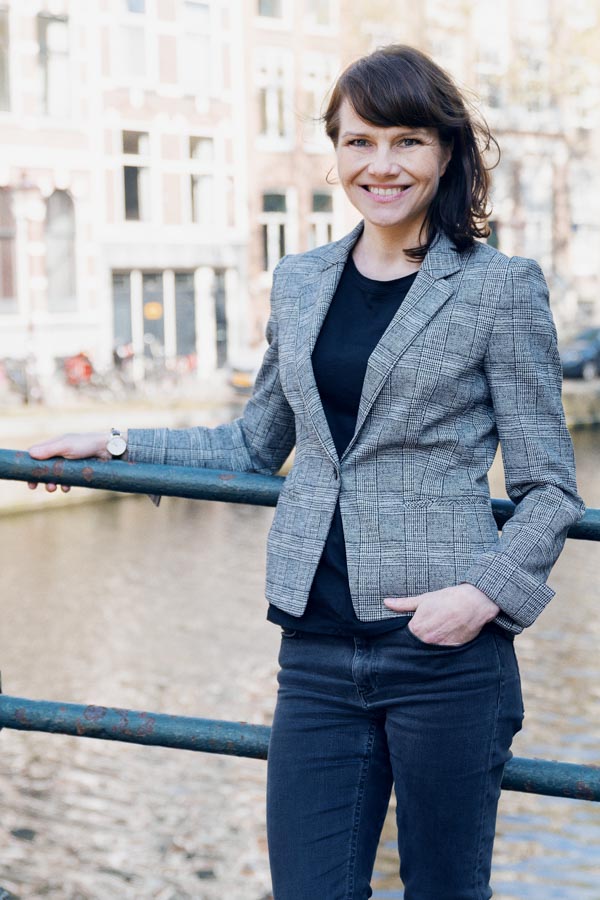Last week, I spoke with a German manufacturing CEO. He put it bluntly:
“We don’t hire anyone under 40. We let others teach the younger ones what work is about, and once their unrealistic expectations have been adjusted, we’re happy to hire them.”
And he insists he’s not alone—many CEOs in his network follow the same rule.
What makes this statement striking is that, from what I gathered, he’s not an old-school ‘command and control’ leader. In fact, he said his leadership motto is: “Set the direction and pull people in—you unleash their skills and performance when you value and involve them.”
Side note: One of our partners is under 30, and we’ve hired people under 40 who have been excellent. This article is about big trends and generalisations.
What are we dealing with?
Obviously, the gap between leadership and employees has widened dramatically, driven by a perceived value imbalance:
- Leaders feel they aren’t getting enough commitment, drive, and accountability, particularly from younger employees.
- Younger employees feel they aren’t receiving the growth, recognition, and flexibility they expect.
How did we get here?
Recent global shocks—especially COVID-19—have reshaped how people view the world and their relationship with work, leaders, and organisations.
- For the first time in history, government health measures—swiftly adopted by companies—physically separated brains from bodies, reinforcing the idea: ‘I only need to give my brain.’
- There’s evidence that all the radical changes and uncertainty have altered our personality traits. In the Big Five:
- Neuroticism has increased – More stress, anxiety, and emotional volatility.
- Agreeableness has decreased – Less trust, lower willingness to compromise.
- Conscientiousness has decreased – Reduced self-discipline and motivation.
These forces are reshaping how we see the world, life, and work.
Three root causes
1️⃣ A growing disconnect – Leaders and employees operate from entirely different assumptions. Leaders focus on long-term business success and have a deep sense of responsibility, knowing that strong nations are built on strong, competitive businesses, while employees focus on personal expectations and immediate value exchange.
2️⃣ The shifting employee mindset – Employees now prioritise me over we; their personal well-being, autonomy, and immediate rewards over traditional stability (which, to be fair, many industries and companies stopped providing a long time ago) and career loyalty.
3️⃣ The power shift in work arrangements – The pandemic altered, at least for now, the employer-employee power dynamic. Employees increasingly assume control over their physical presence, making work feel more transactional than relational.
As work shifts from relationships to deliverables in organisations with traditionally in-person cultures, evidence suggests that engagement, accountability, and long-term commitment may suffer—resulting in reduced cohesion, a weaker culture, and declining business performance.
Ways to fix the broken value exchange
At its core, the value exchange between leaders and employees is increasingly broken.
Do we fix it through a monologue, where one side dictates the terms— as seems to be the case now?? Or through a negotiation, where both sides share the big picture and the reality we live in, understand each other, and adjust— which is the only sustainable solution?
In a simple world, leaders must now choose between three options:
Option 1: 🚫 Wait it out
Keep hiring only experienced employees over 40 and hope younger generations “come to their senses.”
Risk: The classic pitfall of short-term thinking—being unprepared for the future..
Option 2: ⚡ Redesign culture to attract younger talent
Build a culture that aligns with their expectations.
Risk: Resistance from your existing older workforce. It’s not just leaders who find the new demands frustrating—many employees do, too. It goes without saying that this is a typical generational gap, heightened by recent world events that have affected different age groups differently.
Option 3: 🌍 Create a new shared narrative
Bridge the gap by establishing common ground where both leaders and employees see the bigger picture. This means aligning personal ambitions with business realities—helping younger employees connect beyond immediate needs while ensuring leaders acknowledge and adapt to evolving expectations. A shared understanding of your company’s mission, industry legacy, and even Europe’s economic survival can create a more sustainable and mutually beneficial value exchange.
Risk: Is there any? The real challenge is finding the time for it amid business pressures.
Increased business pressures leading to a new leadership paradigm
One thing is clear: the business environment has become—and will continue to become—far more challenging. As a result, firmer leadership is making a comeback. An engaging leadership that masters the new value exchange narrative and isn’t afraid to set clear behavioural expectations is essential to driving the change and business outcomes many European businesses need right now.

About the author

ADVISOR, STRATEGY AND CULTURE
Tintti Sarola
Tintti Sarola is a strategist, transformation lead, and culture expert who believes the journey defines the outcome. With a background as a national team-level dressage rider and a track record of podium finishes up to the European Championship level, she brings the same intensity, focus, and commitment to business as she once brought to elite sport.
Her career spans law, tech, strategy, and transformation – from her early days in contract law and IPR to leading digital transformation, business development, and culture-powered change initiatives. Tintti has helped build successful start-ups, scale family-run businesses, and reshape how established organisations think, behave, and operate.
She specialises in helping leadership teams rewire how they work – aligning strategy with behaviour, shifting entrenched patterns, and building the human systems that make change stick. Sharp on strategy and fluent in human dynamics, Tintti is known for cutting through noise, connecting the dots, and helping companies move – fast and together.

